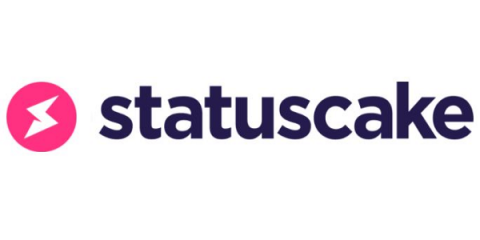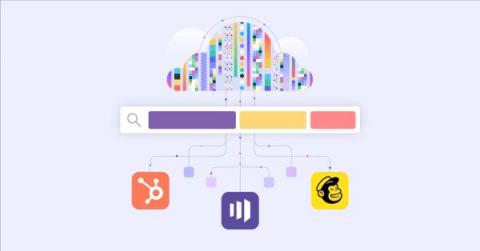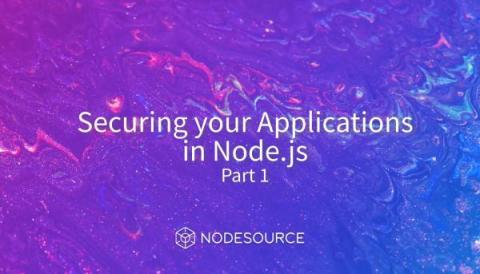Interview with AI Specialist Matthew Renze
For the newest instalment in our series of interviews asking leading technology specialists about their achievements in their field, we’ve welcomed Matthew Renze. Matthew is a specialist in artificial intelligence who has given over 100 talks on this very subject and is the author of numerous AI courses on Pluralsight.











